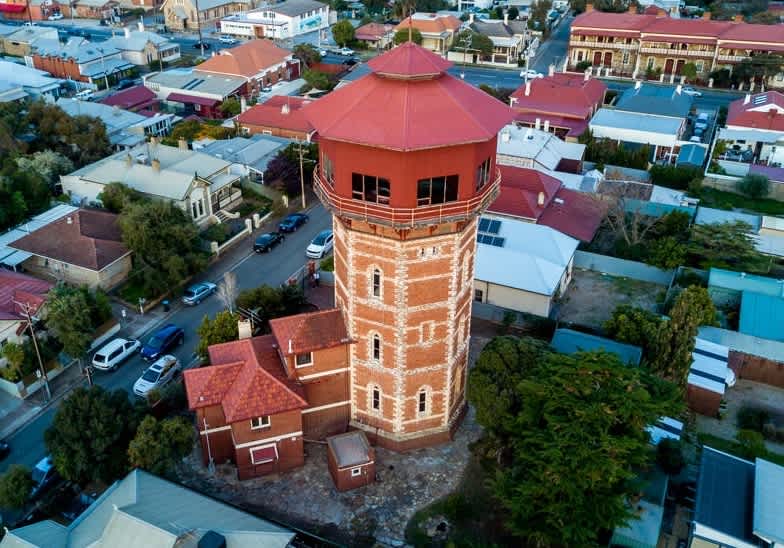
Innovative homeowners and designers are redefining the concept of living spaces by converting unconventional structures into unique homes. From disused water towers and shipping containers to repurposed bunkers and train carriages, adaptive reuse architecture is gaining traction as a sustainable and creative approach to housing. This trend not only breathes new life into forgotten buildings but also showcases the potential of imaginative design.
Water Towers: From Industrial Landmarks to Stylish Homes
Once symbols of industrial utility, many water towers are being transformed into striking residences. Their cylindrical shapes and elevated positions provide opportunities for breathtaking views and creative layouts. A notable example is a **1940s concrete water tower** in Bideford, Devon, which has been converted into a five-bedroom home. Owner **Rob Hunt** invested more than two years in this project, crafting a contemporary space that retains the original structure’s charm.
According to **Dr. Diaswati Mardiasmo**, chief economist at PRD Real Estate, the conversion costs for such projects generally range from **$500,000 to $1 million**. Despite the substantial investment, the uniqueness and location of these homes can make them highly desirable. Another significant project is the **Semaphore Water Tower** in Adelaide, an 1880s structure currently being modified into short-stay accommodation, which preserves its heritage while offering modern amenities.
Repurposing Shipping Containers: A Modern Solution
Shipping containers have emerged as a popular choice in the adaptive reuse movement. Their durability and relatively low cost make them ideal for a range of housing solutions, from single units to multi-storey structures. **Steven Tropoulos**, group director at Highfield Private, emphasizes that integrating containers into residential areas involves navigating local zoning regulations and ensuring structural integrity.
One remarkable container home on **Tamborine Mountain** is currently listed for **$1.875 million**. This property exemplifies how high-end designs can incorporate sustainable materials and luxurious features. In contrast, a quaint container home in **Port Neil** sold for **$395,000** in just **30 minutes**, demonstrating the growing appeal of this housing option.
Converting Bunkers into Cozy Residences
Concrete bunkers, often associated with military history, are being transformed into secure and inviting homes. These structures, typically semi-buried, present unique challenges related to natural light and ventilation. However, their sturdy construction provides protection against harsh weather conditions.
Dr. Mardiasmo notes that bunker conversions appeal to those seeking minimalist living or off-grid retreats. An example includes a **WWII Dutch bunker** designed with custom, foldable furniture to optimize limited space. In **Yelta**, near **Mildura**, a former military bunker has been successfully converted into a four-bedroom home, highlighting the versatility and potential of such projects.
As homeowners increasingly prioritize sustainability and creativity, the trend of adaptive reuse architecture is likely to continue flourishing. By transforming forgotten spaces into vibrant homes, these innovative projects not only preserve history but also provide unique living experiences that challenge traditional notions of home.







